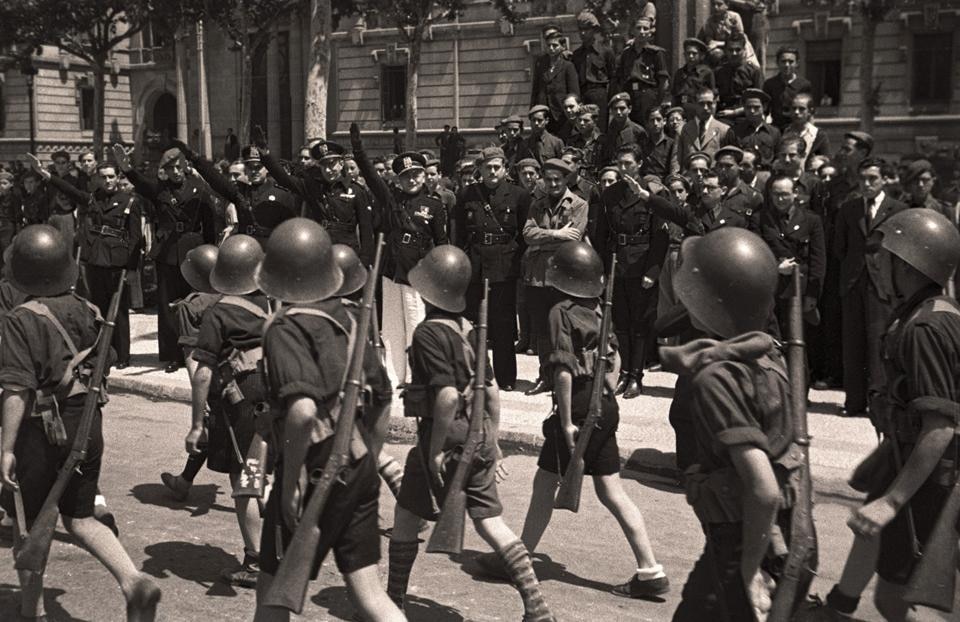The history of Barcelona during the 20th century has been convulsive, enmeshed in conflicts, and yet inspiring in its independence between 1909 and 1945. The opportunity to discover it through the printed images taken by Brangulí conveys the distinctive feeling of travelling back in time. When we talk about cities and try to understand them, it's really important to have access to these hidden images that delineate the poetry of the everyday, common life and the beauty of the ordinary that surrounds the history of a place. According to the exhibition curators, "Brangulí, who survived all the political vicissitudes of his times, accompanied the city in which he lived with an eye to the changes taking place, its transformations, its people and their activities. He used his profession to keep up with the pace of urban metamorphosis, turning his work as a photographer—almost like a conjurer—into an agency, an archive or whatever it took to carry on working his magic".
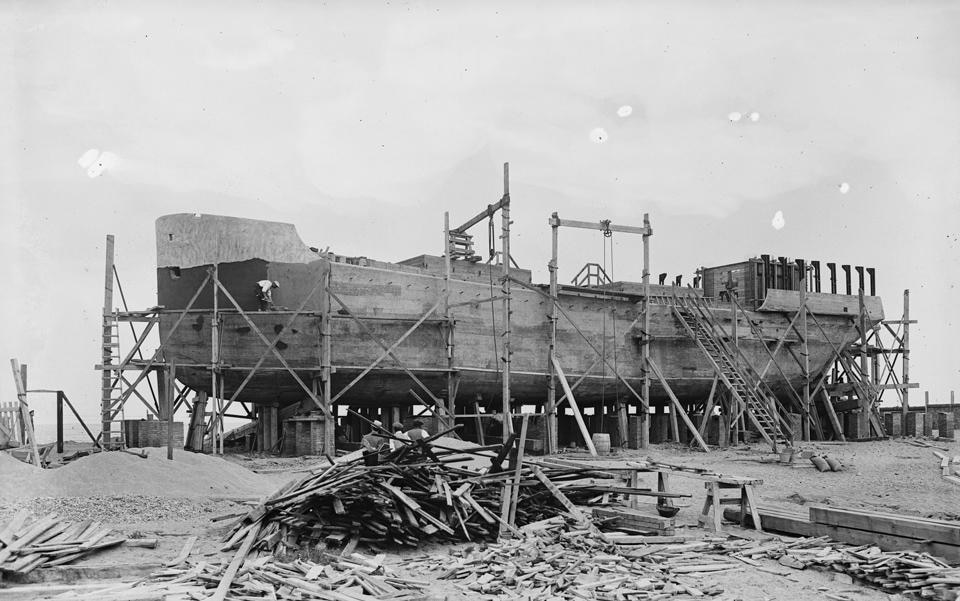
Above: Construction of the Mirotres, the first reinforced cement ship built in Spain. Malgrat de Mar shipyard, ca. 1917.
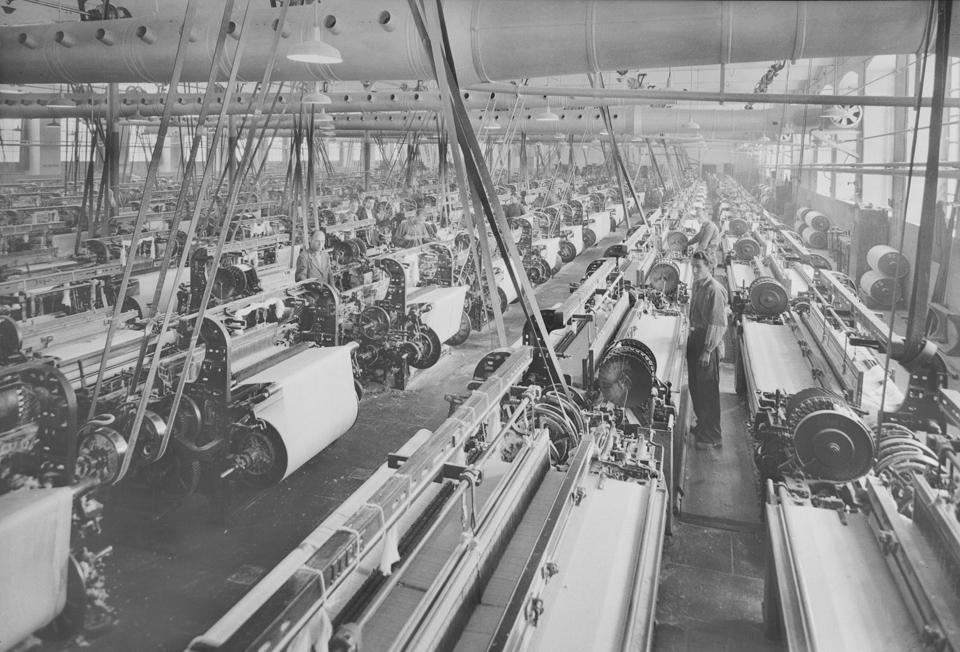
Visiting this exhibition makes it easy to understand how people used to live, behave, work and play in Barcelona during those pivotal years and suddenly, every single photograph becomes a sociological document of the city.
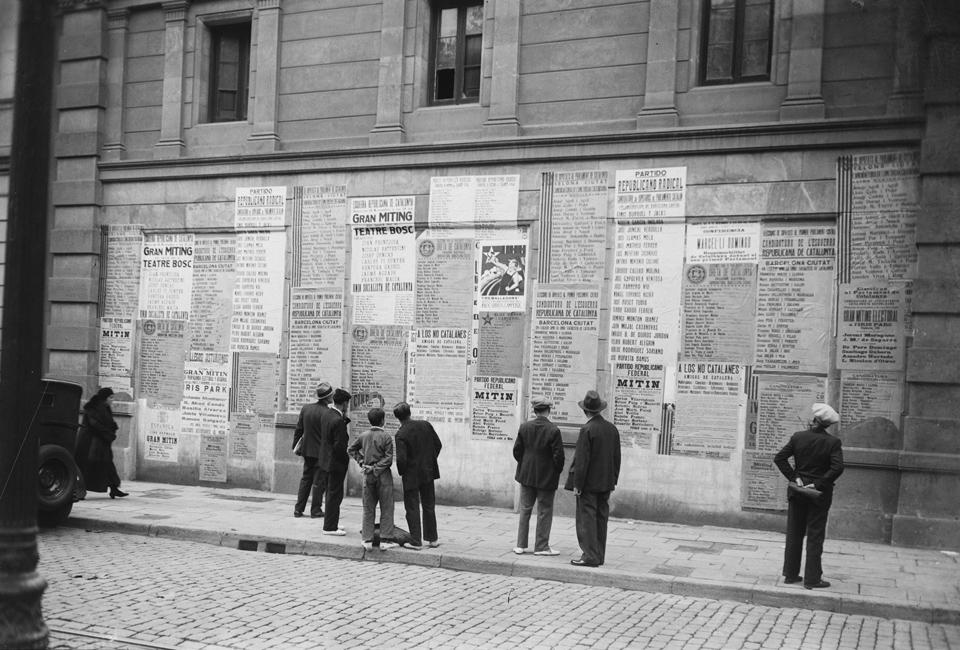
Ethel Baraona Pohl
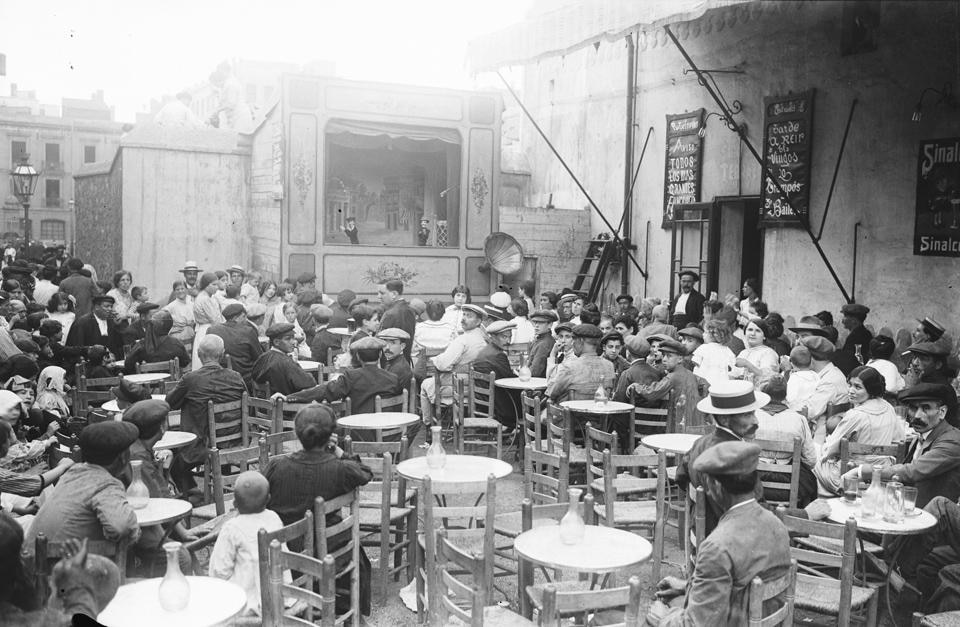
Curated by Valentín Vallhonrat and Rafael Levenfeld
Centre de Cultura Contemporània de Barcelona
Montalegre 5, Barcelona
8 June to 23 October 2011
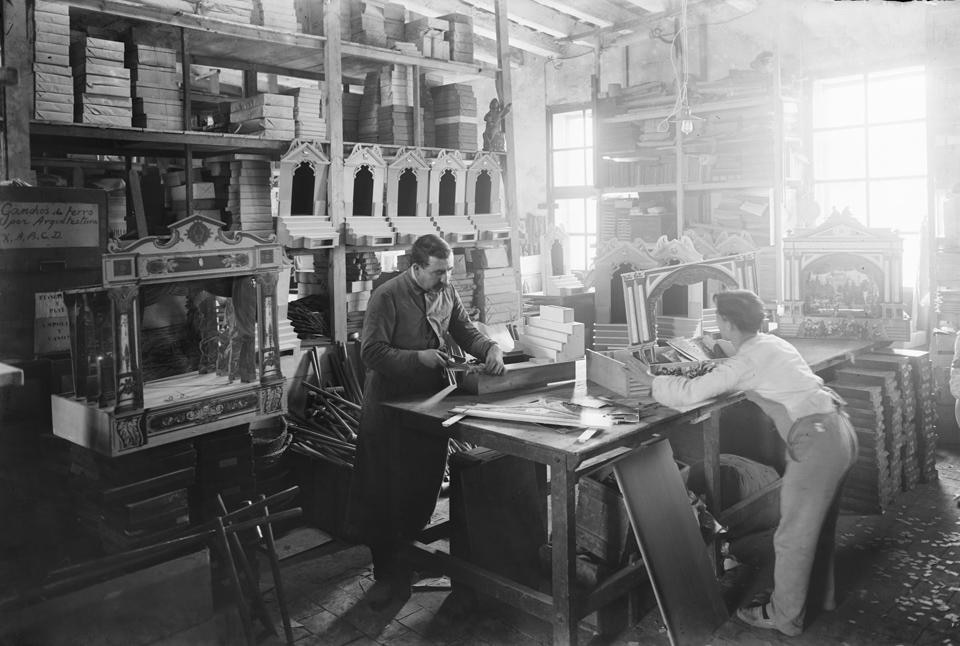
[1] The City and Death, Bogdan Bogdanovic from the book "Balkan Blues: writing out of Yugoslavia" by Joanna Labon. Northwestern University Press, 1994.
[2] Carolyn P. Boyd, Praetorian Politics in Liberal Spain [visited on 18th July 2011].
[3] Barcelona was bombarded during the Civil War on March 1938. More info at barcelonabombardejada [visited on 18th July 2011].
[4] On Photography, Susan Sontag. New York: Farrar, Straus and Giroux, 1977.

